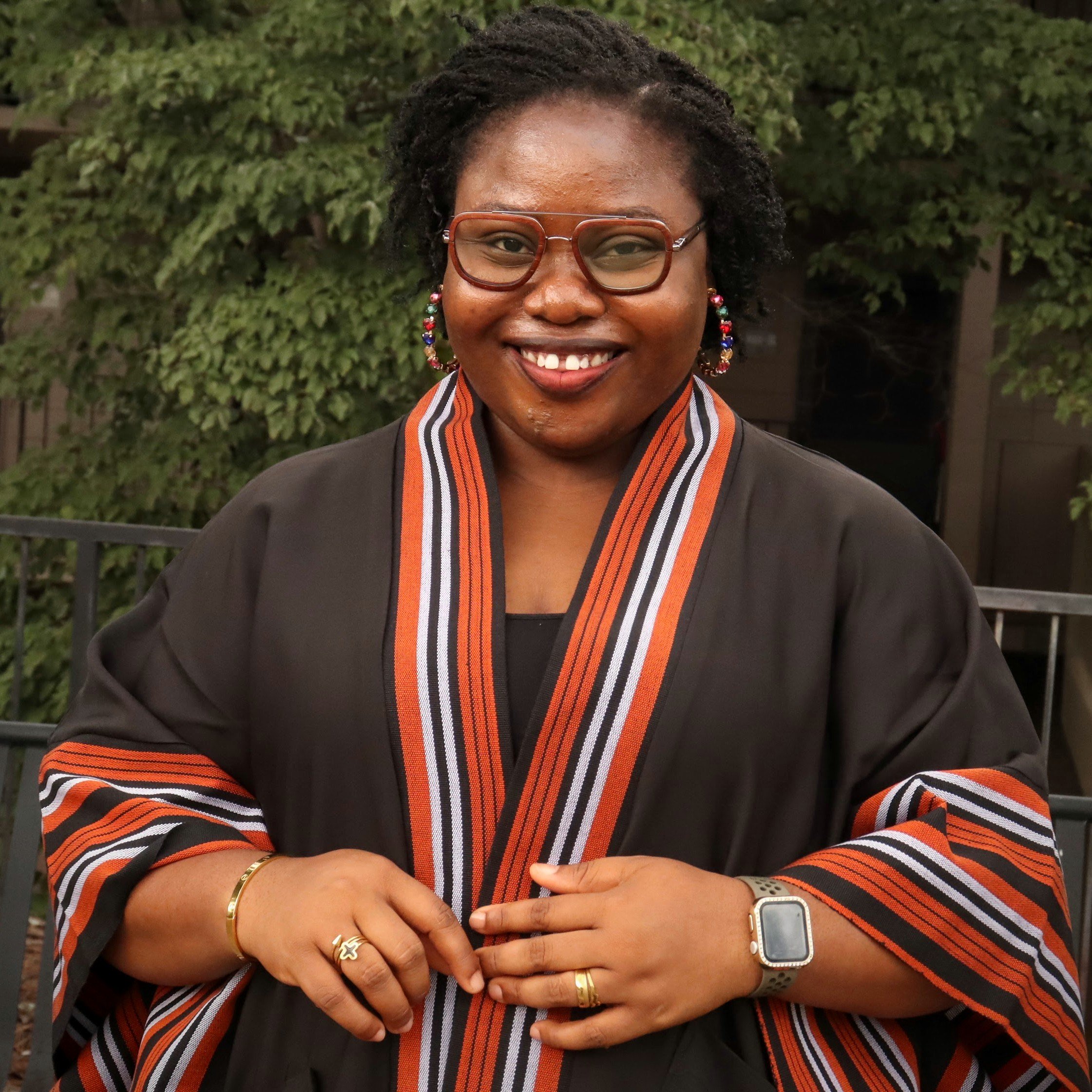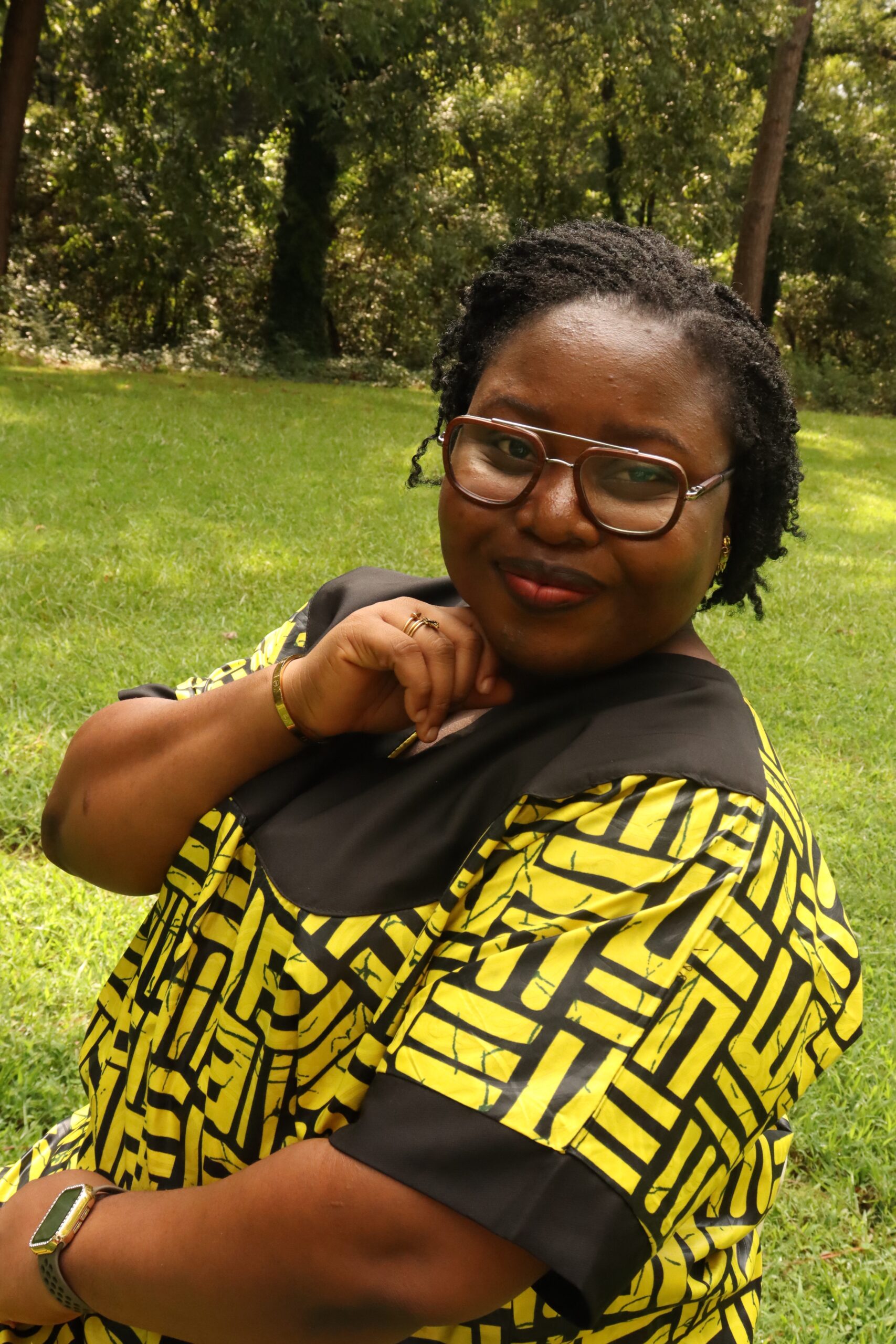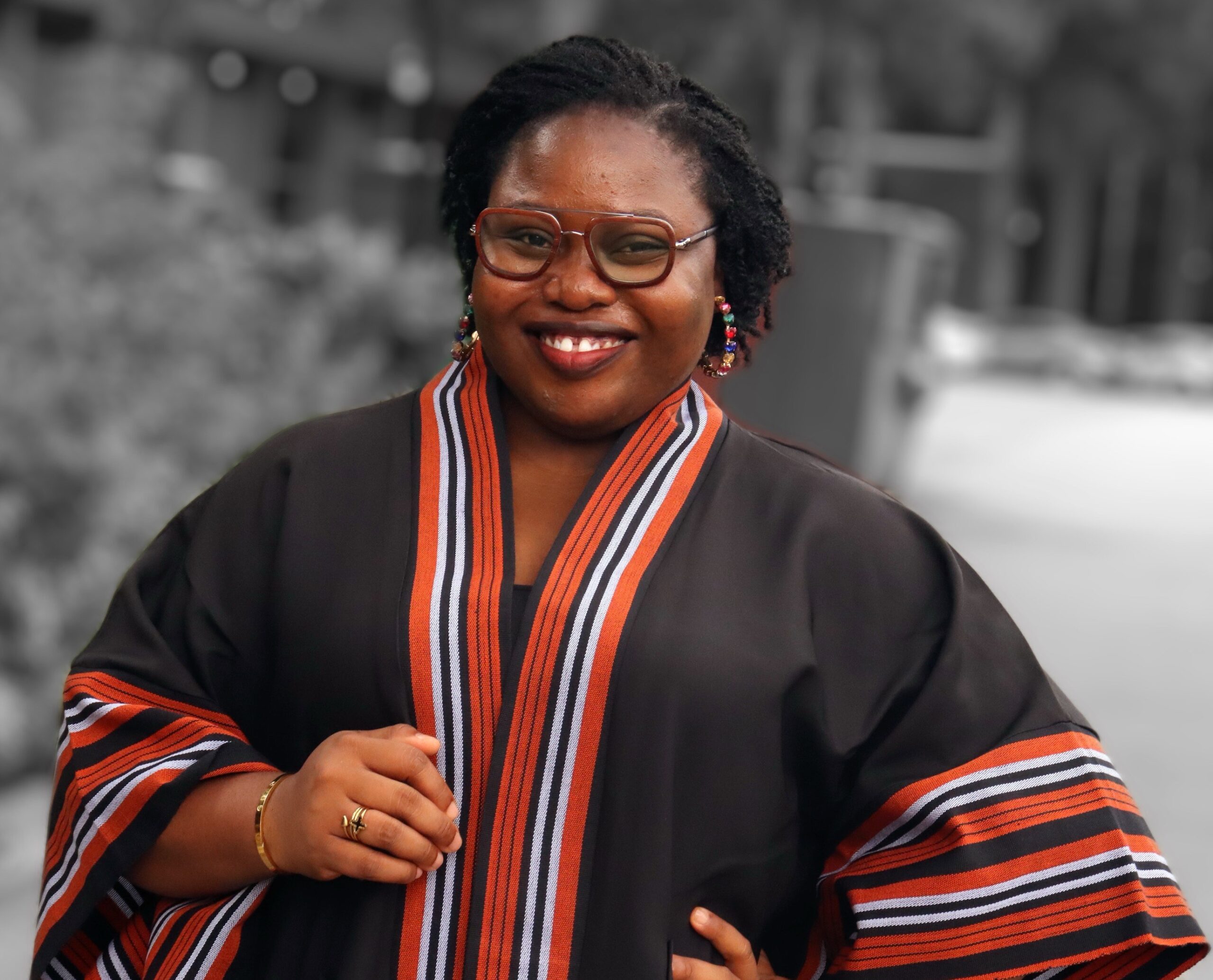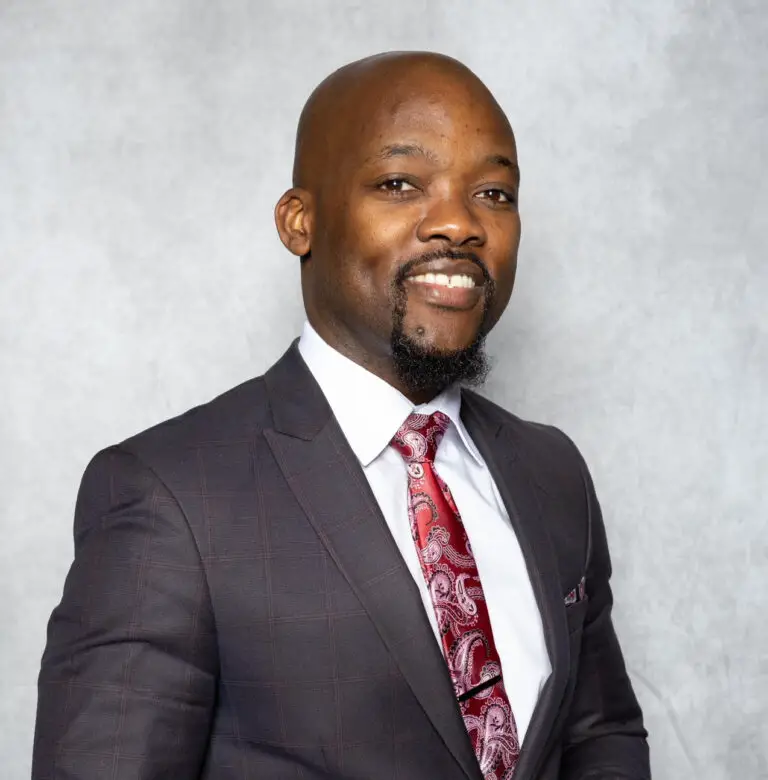Ìyá Yorùbá Speaks: Preserving Language, Heritage, and Identity in a Modern World
At Discover Yoruba, we believe that every language carries the heartbeat of a people. Few embody this truth as powerfully as Yorùbá. Often called the “language of the heart” and a “keeper of heritage,” Yorùbá continues to shape identity, preserve culture, and open doors across generations and continents. In this inspiring conversation, we sat down…
At Discover Yoruba, we believe that every language carries the heartbeat of a people. Few embody this truth as powerfully as Yorùbá. Often called the “language of the heart” and a “keeper of heritage,” Yorùbá continues to shape identity, preserve culture, and open doors across generations and continents.
In this inspiring conversation, we sat down with Ìyá Yorùbá (Dámilọ́lá A. Adébọ́nọ̀jọ)—Founder of Alámọ̀já Yorùbá, Yoruba Language Specialist, and Fulbright Fellow—who has dedicated her life to teaching, researching, and digitizing Yorùbá for the future. Her insights reveal just how deeply layered, fascinating, and transformative the language truly is.

On What Makes Yorùbá Powerful
“The Yoruba language is powerful because of the depth it carries,” Ìyá Yorùbá explains. As a lifelong student and teacher of the language, she finds herself constantly pausing to reflect on how certain expressions came to be.
One of Yorùbá’s most fascinating features is its tonality. With 36 tonal vowels (including nasals), a single mispronunciation can turn one word into something entirely different. “In Yorùbá, there are no mistakes,” she says. “Only misunderstandings that reveal how beautifully layered the language is.”
Some of her most cherished teaching moments come from watching students test new words—only to realize they had said something entirely unexpected. That dance between sound and meaning is one of the things that makes Yorùbá endlessly captivating.

On Students Whose Lives Changed Through Yorùbá
Teaching thousands of students worldwide, Ìyá Yorùbá has witnessed the transformative power of the language firsthand.
She recalls one student who learned Yorùbá so well that she incorporated it into her dialect coaching business, eventually coaching Hollywood actors to speak Yorùbá for a film. Another student in the diaspora struggled with identity until she began learning Yorùbá. The ability to connect with her grandparents in their mother tongue completely shifted her confidence and sense of belonging.
“These stories show that Yorùbá is not just a language,” Ìyá Yorùbá reflects. “It opens doors—both professionally and personally—and restores a sense of self.”
On Blending Tradition with Technology
Ìyá Yorùbá is passionate about ensuring Yorùbá survives the digital age. Through projects like Yorubatexts.com, Alámọ̀já Yorùbá, and Yoruversity.com, she works to preserve Yorùbá textual heritage and build global learning communities.
But she also highlights gaps. “Imagine animations that bring Yorùbá folktales alive for children, or AI assistants like Siri and Alexa that respond in Yorùbá voices. Until then, our work isn’t done.”
Her vision is clear: technology must become a tool not just for preserving Yorùbá, but for making it lived and experienced globally.

On Reversing the Decline of Indigenous Languages
For Ìyá Yorùbá, fear alone cannot save Yorùbá. Action will.
“If we fear English dominates children’s rhymes, let’s create Yorùbá rhymes—as Gbemisola Isimi of CultureTree has done. If children play only English games, let’s design Yorùbá games. If social media feels dominated by English, let’s post in Yorùbá. The language will survive because of what we build, not what we fear.”
Her call is simple yet urgent: no one else will save Yorùbá for us—it is up to us to act.
On Women’s Voices in Yorùbá Literature
Her research into gyno-writers (female writers in Yorùbá literature) reveals a history of silenced brilliance. Between the inception of Yorùbá creative writing and the year 2000, fewer than twelve female authors could be found, compared to nearly seventy male writers.
She uncovered that the very first attempt at Yorùbá creative writing was by a woman in 1928–1929. Because it was a personal memoir and confession, she published it anonymously. Later, male scholars wrongly attributed it to a man—refusing to believe a woman could have authored it.
“These women brought their experiences of motherhood, sacrifice, and restriction into their texts. To ignore their contributions is to erase an essential part of Yorùbá intellectual history. Recovering their names is the least we can do.”
On Designing the Perfect Learning Experience
For beginners, Ìyá Yorùbá envisions an experience that is immersive, fun, interactive, and musical. Instead of grammar-heavy lessons, she imagines a space where every song, proverb, and pronunciation immerses the learner in culture.
“It wouldn’t feel like memorizing rules. It would feel like stepping into Yorùbá itself—alive, vibrant, and joyful.”
On a Guiding Yorùbá Proverb
A proverb that anchors her work is:
“Náání nàànì náání, ohun a ní làá náání.”
(“We must value what we have.”)
For Ìyá Yorùbá, this means treasuring the Yorùbá language, recovering overlooked voices, and ensuring that what we have is never lost to neglect.
On Policies That Could Transform Yorùbá’s Future
If she could implement one nationwide policy, it would be bilingual cultural education in schools. Children would learn both English and an indigenous language (Yorùbá in Yorùbá-speaking regions).
“Research shows children learn best in their mother tongue. Beyond preserving the language, it would strengthen creativity and cultural pride.”
On Yorùbá’s Global Reach
From London to Mexico, from Finland to Trinidad and Tobago, Yorùbá has surprised her by showing up in the most unexpected places.
She recalls being greeted in Yorùbá by a U.S. library attendant and overhearing a foreign nurse in America say, “Oh, I have Yorùbá friends—I need to learn Yorùbá too.”
“These small, surprising encounters remind me that Yorùbá has traveled farther than we often imagine.”
On Yorùbá 50 Years from Now
Her vision for the future is bold and bright:
“In 50 years, I see Yorùbá in classrooms worldwide, present in global films and animations, functional in AI, and alive in our daily technologies. Imagine Siri or Google Maps giving directions in Yorùbá. I hope my work contributes to making Yorùbá not just preserved, but lived globally.”
Closing Reflections
Through her teaching, research, and digital innovations, Ìyá Yorùbá is carving pathways for Yorùbá to thrive in the modern world. Her words remind us that language is more than communication—it is identity, heritage, and a doorway into belonging.
Her journey is proof that Yorùbá’s story is far from finished. In fact, with passionate advocates like her, it is only just beginning.
A dupe o!







